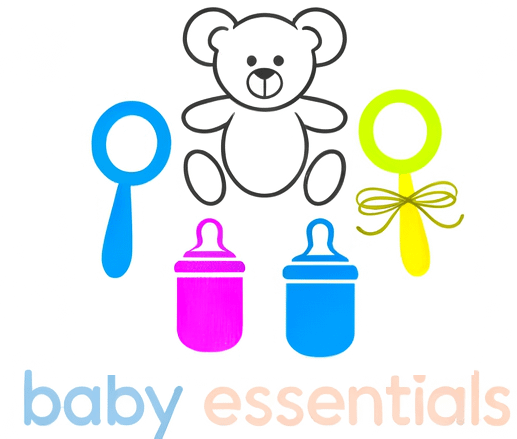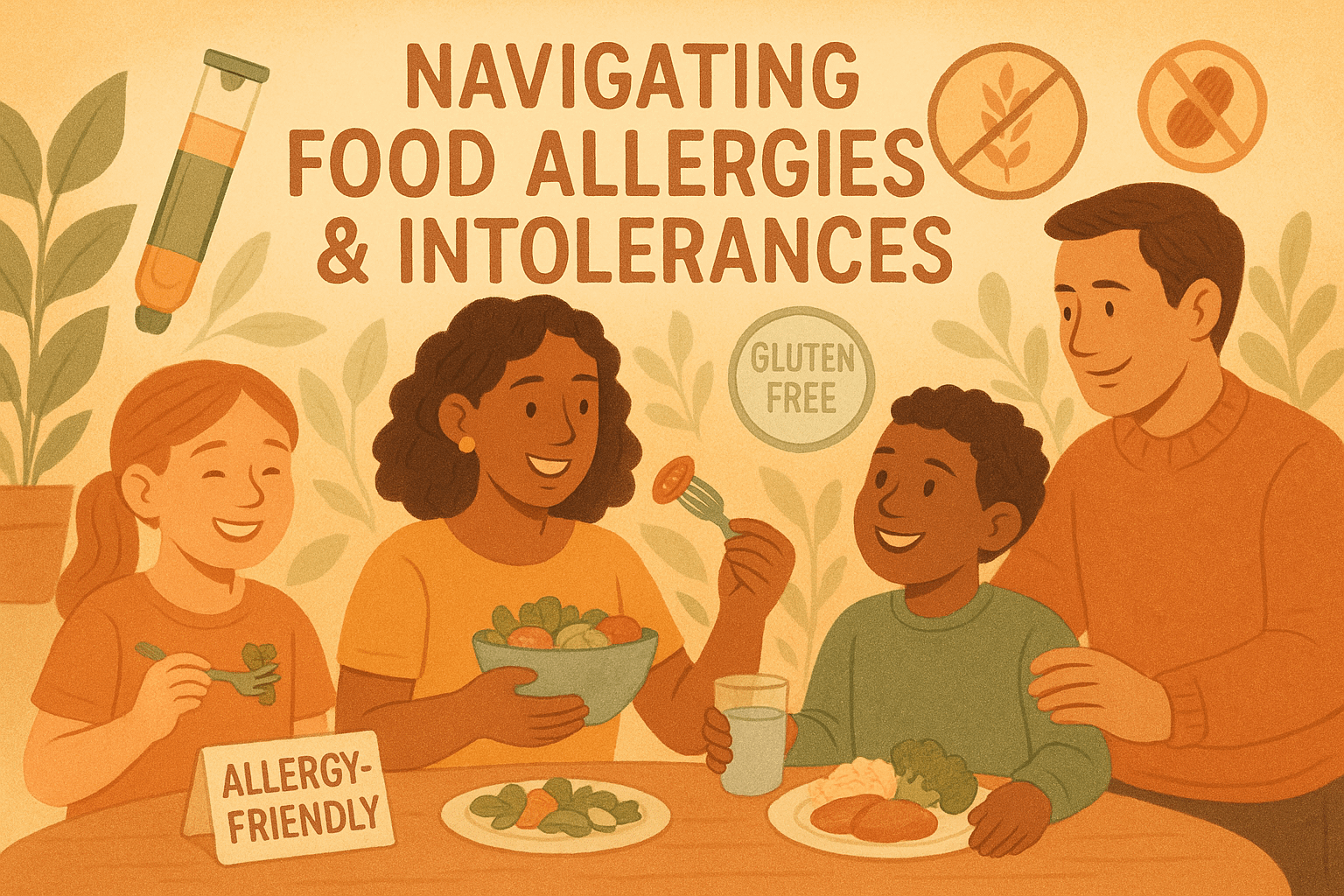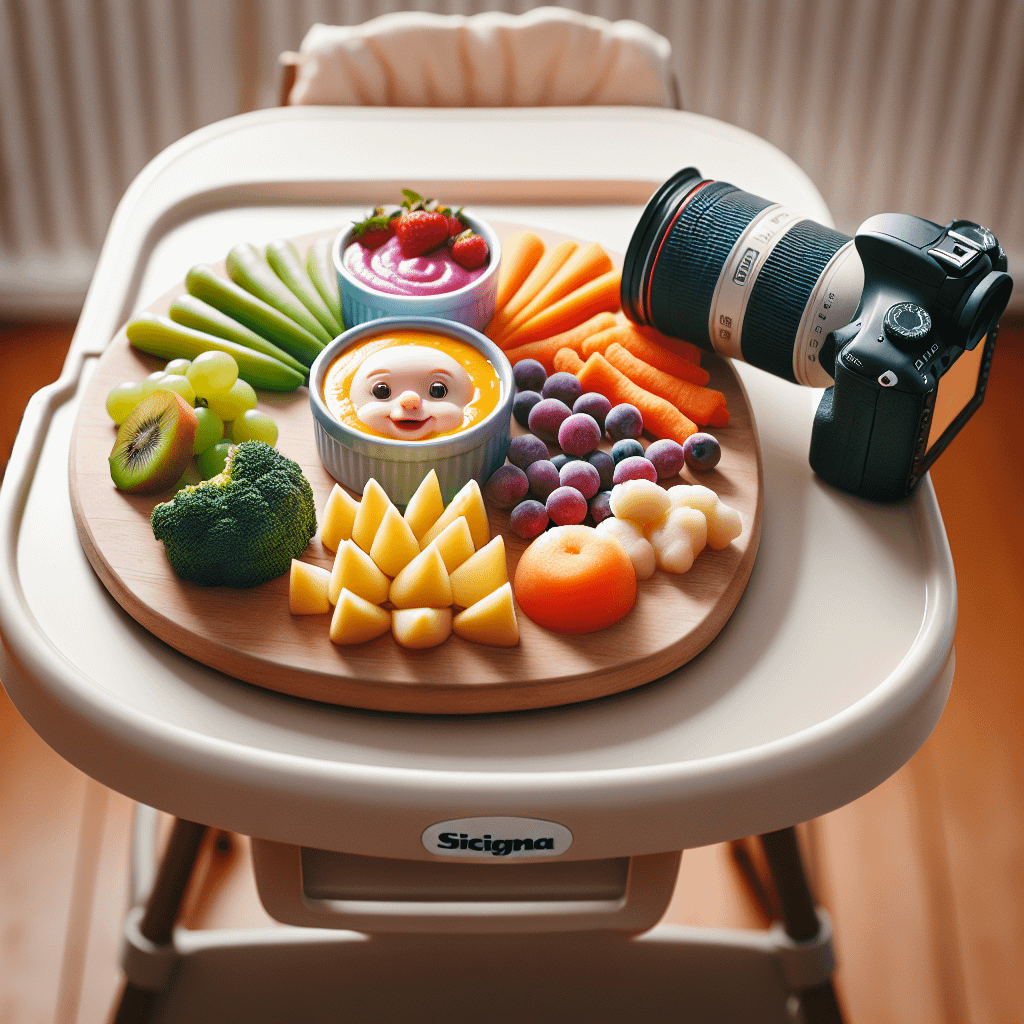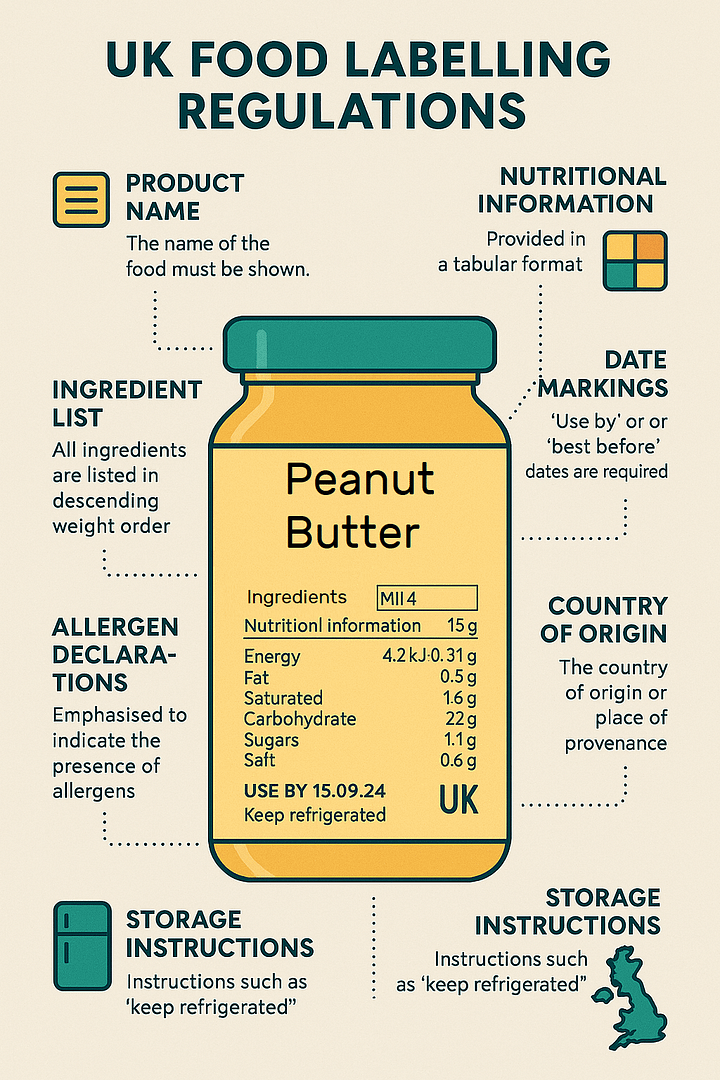Navigating Food Allergies and Intolerances
This insightful article delves into the complexities of managing food allergies and intolerances, offering practical strategies for those affected. It highlights the importance of understanding different allergies and intolerances, identifying symptoms, and providing actionable tips for safe eating.
Key features include expert advice on reading labels, meal planning, and dining out safely, empowering readers to take charge of their health. The post stands out for its comprehensive approach, combining personal anecdotes with scientific insights, making it a valuable resource for individuals and families navigating these challenges.
Whether you’re newly diagnosed or seeking to deepen your knowledge, this guide equips you with the tools necessary to live freely and confidently amidst dietary restrictions.










